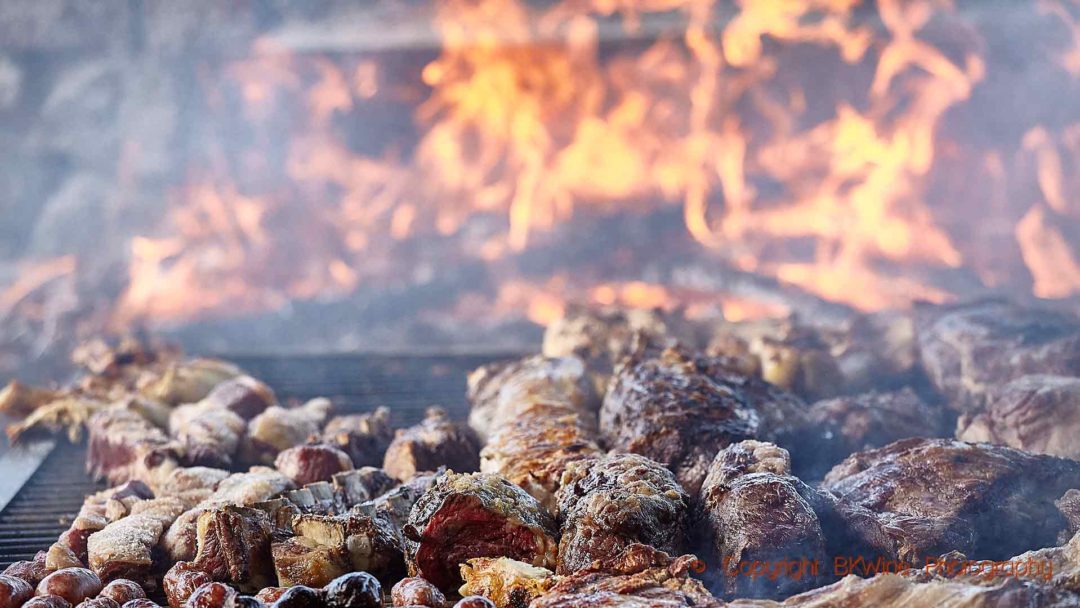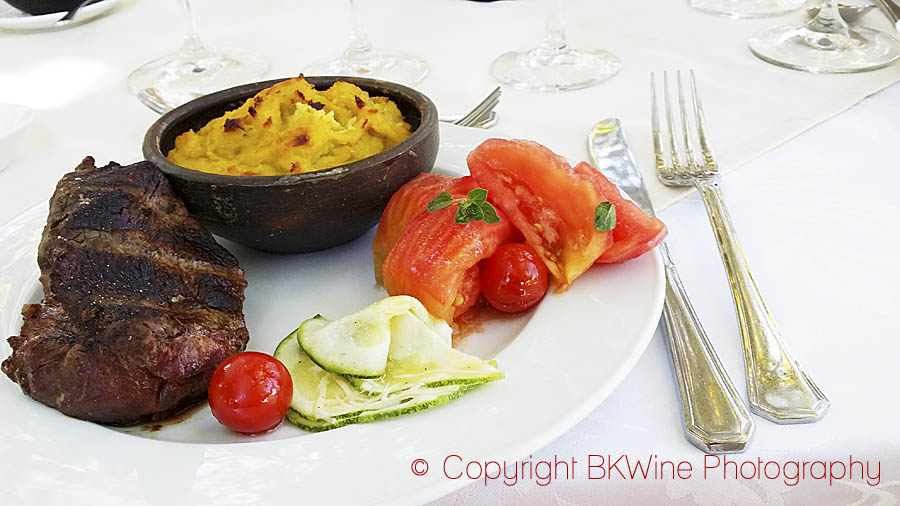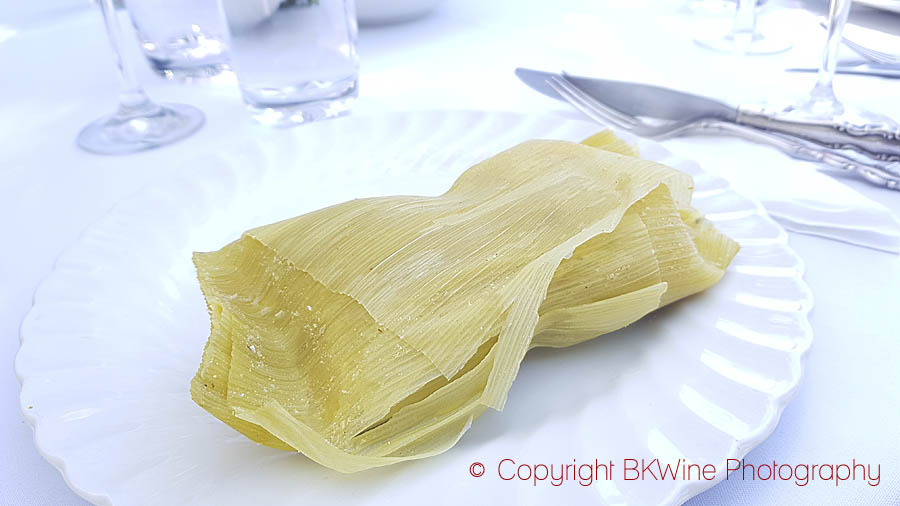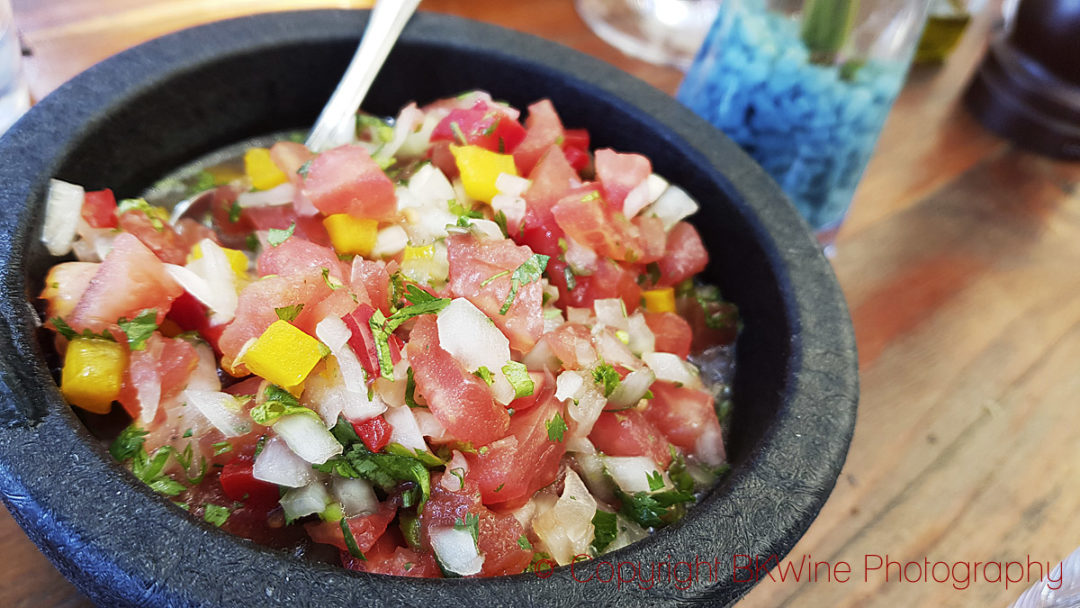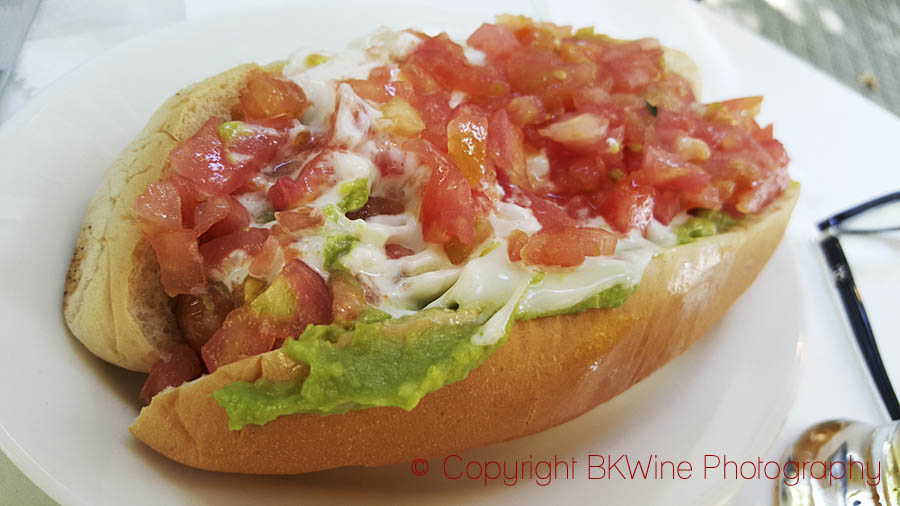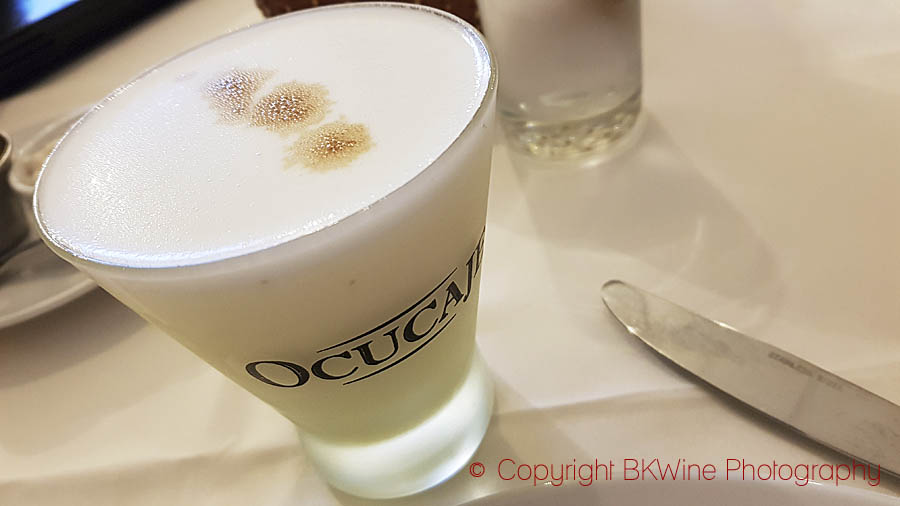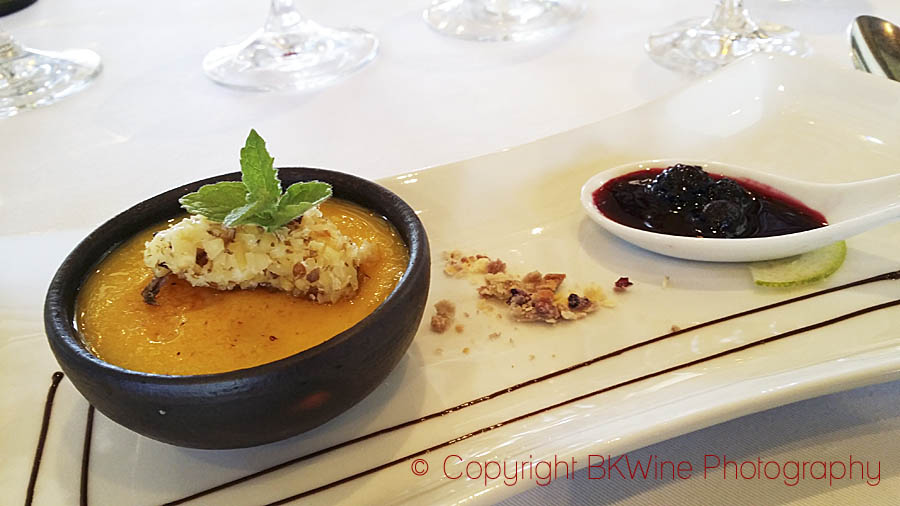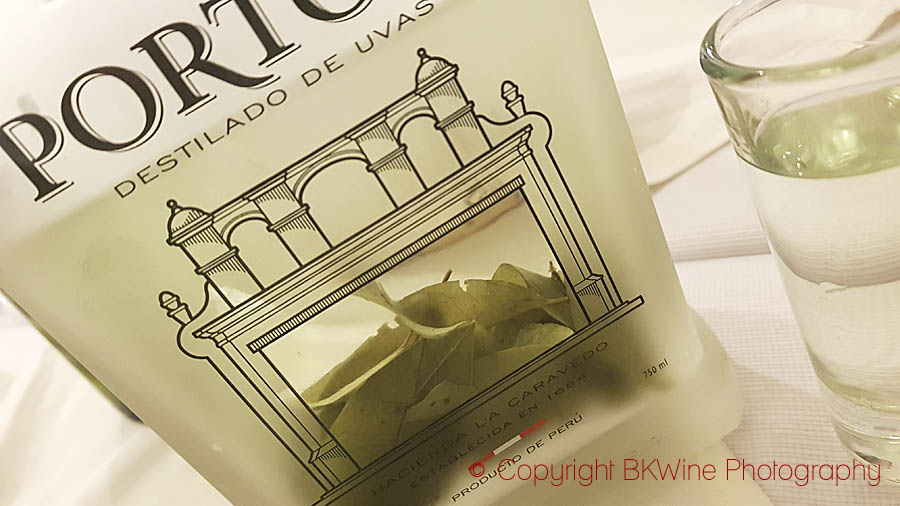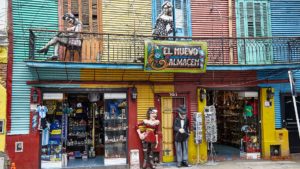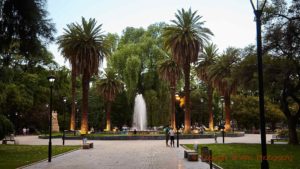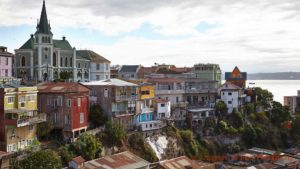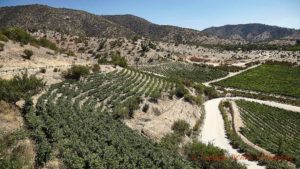Chile like Argentina is most famous for its asados, the open-fire barbecues featuring beef, pork, lamb, chicken and more. However, there is a tremendous variety of food served in Chile, from steak to sushi and all points inbetween.
When you enjoy an asado be sure to try not only the meat and poultry but also the different kinds of delicious (sometimes spicy) sausages including longaniza, chorizo and prietas (a very tasty black blood sausage).
Although beef is very popular in Chile, the country has an incredibly long coastline which accounts for the many kinds of fish to be found here (including some that you may never have heard of).
Shell-fish (mariscos) also abounds; some names will be familiar, others less so. Cazuela mariscos (seafood stew), centolla (a type of crab), locos (a white shellfish), piure (a rather odd, rock-like thing), erizo (urchins), almejas (clams), oysters, machas (another clam), jibia (squid)…all this and more awaits you in Chile.
This is one of the world major fruit producers, so you can look forward to plenty of juicy, succulent fruit, and Chile is also one of the biggest producers of avocado (known here as palta).
Countryside cuisine is often based on choclo (maize, corn) so you will find many different maize preparations, especially in rural restaurants.
Indeed, there are so very many Chilean food specialities that we cannot cover them all here (you’ll find information online). Keep an eye open for porotos granados (bean stew), pastels de choclo (corn pie) and humitas (another type of corn preparation, wrapped in a leaf), pebre (a must-try sauce made from peppers, tomato, onion and herbs), and albóndigas al jugo (meatballs in sauce).
A local food specialty that’s not often mentioned is… hot dogs. Yes, that’s right: there are special hot dog restaurants. It’s not really considered a gastronomic food, but it’s certainly more sophisticated than fast-food.
A typical menu will offer twenty different kinds of hotdog with various garnishes, including completos, italianos, and many others: certainly worth exploring if you want something local and simple.
Another tasty experience to try is traditional Mapuche food. The Mapuche are one of the original groups of inhabitants in Chile, hence there are restaurants that specialise in their traditional food, including dishes such as digueñes, piñones and tortillas rescoldo.
Two more must-try items are empanadas, and the pisco sour cocktail.
As in Argentina, empanadas are folded savoury pastries filled with vegetables, meat or fish. In Chile, they are usually larger than in Argentina and eaten as an appetizer before the meal. They are served piping hot, so be careful when you bite into one.
There is a (cultural) war between Chile and Peru over who makes the “real” pisco sour. The good thing about this of course is that you might conclude that you’ll have to try several variants of both, in order to make up your mind which you prefer.
Pisco is a spirit distilled from wine that is similar to cognac, but more like a young, fruity brandy without barrel ageing. The ingredients for a pisco sour are a good measure of pisco with almost as much lemon juice plus sugar, chilled with ice, shaken vigorously and then strained off the ice (sometimes with an egg white added before shaking). Perfect in the afternoon or before dinner. There’s even a pisco with a coca leaf in the bottle.
More on pisco sour in one of our wine travel blog post here.
Wikipedia has a good article on Chilean food.
Now you know the basics. If you want to know more, you should come on a wine and gourmet tour to Chile and Argentina with us.
Travel to the world’s wine countries with the people who know wine and the local culture, with those who can give you the best experience. Travel with those who can take you to the best producers and the most beautiful spots. Where you get to taste the most exciting wines, personally meet the winemakers, and enjoy the true local gastronomy.
Travel with BKWine Tours!
More country FAQs on France, Italy, Chile, Argentina…. here.

